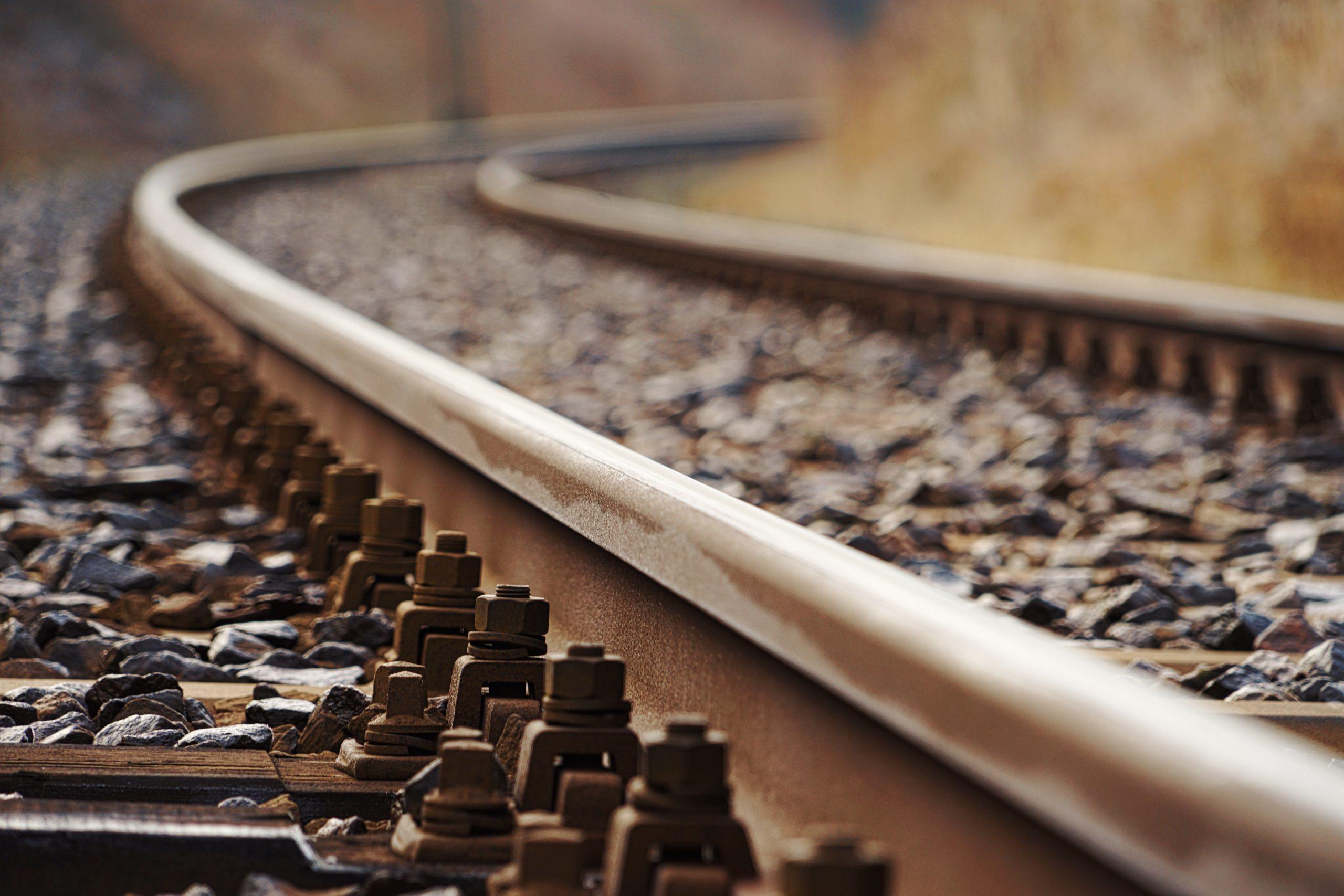
How are Railroad Tracks Made?
Railway tracks are crucial for transportation infrastructure, requiring meticulous engineering for stability and safety. This blog shows how understanding the complex process of creating railroad tracks by R&S Track Maintenance, Inc. can help build more efficient transportation links.
Overview of railroad track manufacturing
Railroad track manufacturing involves steel components, forming continuous rails, cutting, aligning, and gauging for safe travel.
R&S Track Maintenance provides reliable, comprehensive railway track construction services, ensuring compliance with safety regulations.
So, How Are Railroad Tracks Made? Step-by-step construction process
Here is the step-by-step construction process for railway tracks:
- Pre-construction preparations
Preliminary engineering assesses topography before laying steel rails, identifies obstacles like hillsides, and determines stability needs for specific areas.
Surveys are crucial for the safe and efficient construction of railway tracks, providing detailed information on underground areas, grade levels, and potential tunnels or bridges.
Permits from local and state authorities are crucial for legally constructing private property on railroads, as illegal work without proper authorization could result in costly fines if not addressed beforehand.
- Laying bottom ballast
The bottom ballast layer on railroad tracks ensures stability and safety by spreading crushed rock evenly at a specific angle, ensuring levelness and flatness before tamping and inspecting.
Experienced workers use specialized tools like laser levels, surveying rods, and line-marking machines to ensure correct ballast placement and check for ground dips and rises to prevent impeded progress and safety issues.
The ballast is then inspected for unevenness before installing steel rails, correcting issues, and installing braces for security and shock and vibration resistance.
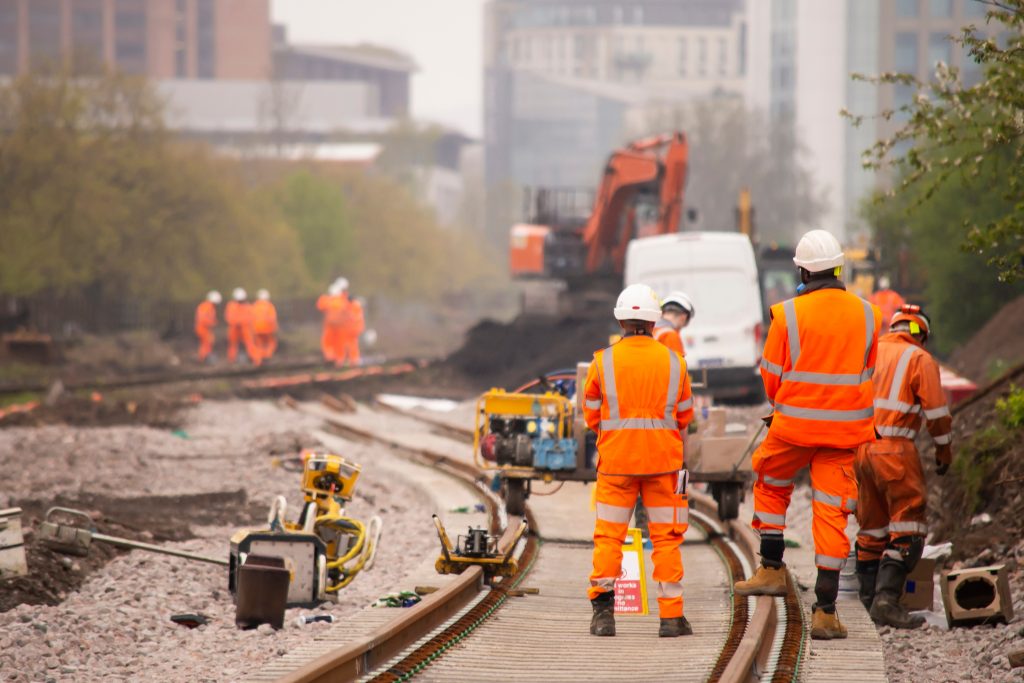
- Anchorage
Anchorage is crucial in railroad track construction, ensuring secure ground connections and resistance to heavy train loads. Rail anchors are driven into the ballast, while rail braces connect multiple tracks for a secure bond.
Surface plates distribute train weight evenly across the track, consisting of two flat metal surfaces forming a bridge-like shape, preventing excessive wear and tear from heavy trainloads.
Thermite welding is used as a strong process for joining track sections, heating steel to liquid, and pressing them together, ensuring a stable connection.
- Steel rail installation
Steel rails are crucial on railroad tracks, connecting two bars with metal clips. A track gauge measures the gap between rails, ensuring accurate spacing and addressing irregularities before they cause issues.
Rail on ballast is secured using spikes or clips, driven into wooden ties, or bolts and nuts to form a single line, reducing wear and smoothing track curves.
Regular inspections by R&S Track Maintenance ensure no discrepancies and prompt corrective action for unevenness or misalignment to prevent harm or disruptions to train services.
- Top ballast
The top ballast layer on railway tracks ensures stability and cushioning for trains, typically made of crushed stone, gravel, or aggregate. Its angular stones interlock, compact, and spread the load, preventing deformation.
Top ballast acts as drainage, preventing erosion and washouts, providing cushioning for trains, preventing vibrations, and ensuring safety for passengers and cargo.
R&S Track Maintenance uses specialized tools like laser levels, surveying, and line-marking machines for efficient material distribution, with inspections crucial for irregularities.
- Rail anchor and rail brace
Rail anchors and rail braces are crucial components in railroad track construction, ensuring a solid foundation and preventing unstable and unsafe tracks for trains.
Rail braces, or splice bars, connect track sections, ensuring stability and preventing shifting due to train vibrations. Using specialized tools, regular inspections, and the replacement of rail anchors and braces are essential for track safety and stability.
Rail anchor and brace placement is crucial for the tracks’ safety. Place rail anchors near tie plates to distribute tension, and splice bars at least one foot beyond joint ends to distribute tension evenly.
R&S Track Maintenance’s engineers consider lateral movement sources on railroad tracks, incredibly steep grades, or curves. Installing flexible ties near switch points reduces stress on rails and ties during transitions between terrain or speed zones.
Why choose R&S Track Maintenance, Inc.?
R&S Track Maintenance, Inc. provides customized railroad track construction services, certified by the Railroad Industry Association, ensuring safe and secure rides for passengers and freight.
Our company ensures quality results through precise measurements, secure fastening methods, and regular maintenance services to prevent costly issues and ensure long-lasting, stable tracks. We provide services for consulting, surveying, project designing, track rehabilitation, new track construction, track inspections, maintenance, thermite welding, CWR, derailment services, etc. Contact R&S Track for safe and reliable railway systems.

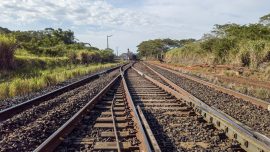
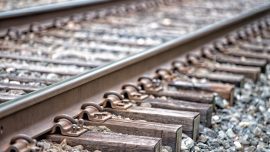
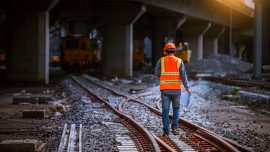
0 comments
Write a comment